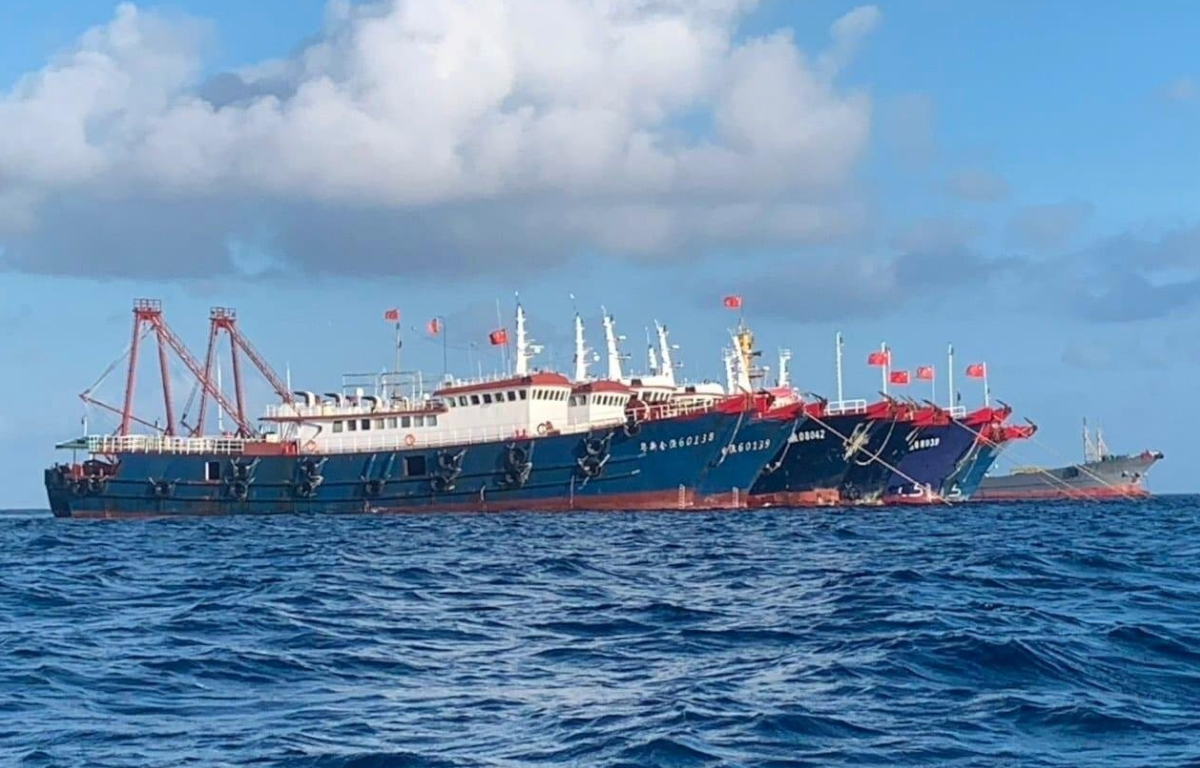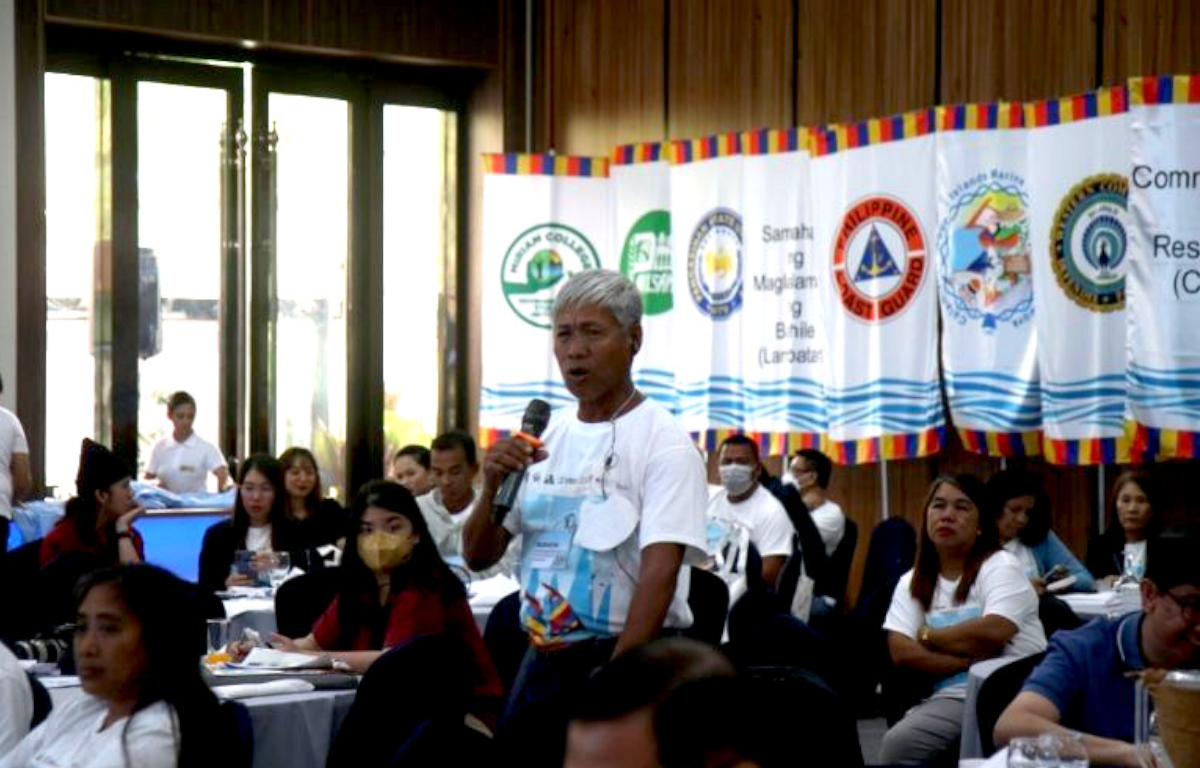
Chinese and Vietnamese vessels have been involved in a new confrontation in a disputed part of the South China Sea after Hanoi tried to expand oil drilling operations in the area, according to social media reports.
Neither country has confirmed the encounters, which indicates that both sides are trying to avoid further escalation, according to one Chinese observer.
Do you have questions about the biggest topics and trends from around the world? Get the answers with SCMP Knowledge, our new platform of curated content with explainers, FAQs, analyses and infographics brought to you by our award-winning team.
South China Sea Wave, an account that specialises in military reports and research into the area, said the expansion programme would violate the Declaration on the Conduct of Parties in the South China Sea.
The declaration, which China and the members of the Association of Southeast Asian Nations signed in 2002, affirms freedom of navigation and overflight, the peaceful settlement of disputes and calls for self-restraint.
South China Sea Wave said the Vietnamese announcement prompted Beijing to deploy the Xiang Yang Hong 10 research vessel to the area escorted by two Chinese coastguard ships and at least seven fishing boats from Guangdong and Hainan provinces. Vietnam responded by deploying five vessels.
Hanoi-controlled Vanguard Bank, the westernmost reef in the resource-rich Spratlys, known in China as the Nansha Islands, sits within Vietnam’s exclusive economic zone and continental shelf and was the scene of a previous stand-off between the two sides in 2019.
However, the area falls within Beijing’s “nine-dash line” that marks the area over which it claims sovereignty.
Duan Dang, a Vietnamese freelance journalist covering South China Sea issues, wrote on Twitter that the Chinese flotilla approached the DGN-4X oil well on Wednesday after a drilling rig had been towed there.
“This provocative action appears to be aimed at pressuring Vietnam to halt its new drilling campaign in Block 05-1A [of Vanguard Bank],” he wrote.
According to South China Sea Wave, tensions rose on Wednesday, with both sides sending in more vessels to try to expel the other’s boats.
Data from the maritime automatic identification system, which tracks ships, indicated the vessels were tailing each other and trying to cut each other off while keeping a safe distance.
China has multiple territorial disputes in the South China Sea.
Ray Powell, the head of Project Myoushu, a Stanford University initiative looking at China’s strategy in the South China Sea, said the Chinese vessels had moved eastward through the Vietnamese oilfield, with one coastguard ship trying to “twice abruptly cut off” a Vietnam coastguard ship.
It is not clear whether the stand-off has finished because of the lack of official comment from either side.
Zhang Mingliang, a Jinan University professor who specialises in South China Sea studies, said: “In recent years, mainstream Chinese and Vietnamese media have not reported on these kinds of confrontations – just specific individuals covering the details on their social media platforms.
“The social media and even vessels on the front line are all good players, keeping the ongoing disputes transparent, but not stirring up trouble.”
The last major confrontation between the two countries at Vanguard Bank was in July 2019 when Chinese survey vessel, Haiyang Dizhi 8, or Marine Geology 8, entered the area, beginning a two-month-long stand-off that involved at least four Chinese coastguard vessels and two Vietnamese ships.
It came five years after a confrontation over a Chinese oil rig’s exploration work near the Paracel Islands, known in China as the Xisha, triggered massive anti-Chinese protests and violence in Vietnam.
China’s claims in the South China Sea cover some 80 per cent of the total waters, meaning it also has territorial disputes with several other Asean countries, including the Philippines, Malaysia and Brunei.
This article originally appeared in the South China Morning Post (SCMP), the most authoritative voice reporting on China and Asia for more than a century. For more SCMP stories, please explore the SCMP app or visit the SCMP’s Facebook and Twitter pages. Copyright © 2023 South China Morning Post Publishers Ltd. All rights reserved.










Share this: